Growing tomatoes is one of the most rewarding experiences for gardeners. Whether you’re tending a backyard plot or a small balcony garden, tomatoes reward your care with vibrant color and delicious flavor. But did you know there’s a way to make your tomato garden even more productive and eco-friendly?
The intercropping method, also known as companion planting, is a smart agricultural technique that allows you to grow tomatoes alongside other plants for mutual benefit. Popular among Indonesian farmers and gardeners (known locally as metode tumpang sari), this method helps boost yield, improve soil health, reduce pests, and make the best use of space.
In this detailed guide, we’ll explore how to plant tomatoes using the intercropping method, step by step. You’ll learn which plants grow best with tomatoes, how to manage spacing, and how this scientific yet simple approach can transform your garden into a thriving ecosystem.
What Is Intercropping (Tumpang Sari)?
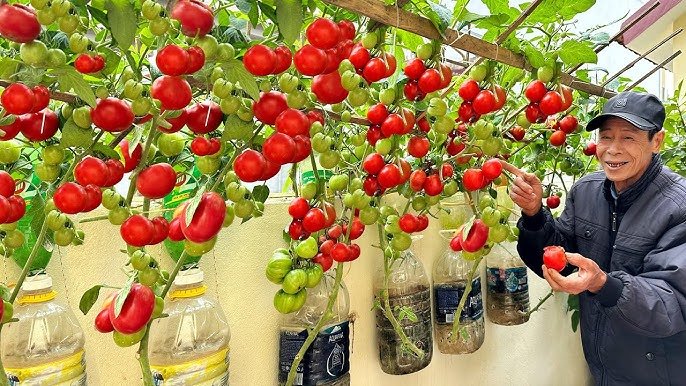
Intercropping is the practice of growing two or more crops in close proximity to each other. Instead of planting a single type of plant in a large area (monocropping), intercropping mimics natural ecosystems where different species coexist and support one another.
In Indonesia, tumpang sari has been practiced for generations, combining vegetables, herbs, and legumes in one plot to make the most out of limited space and natural resources.
When done right, intercropping helps create balance — plants with different root systems, nutrient needs, and growth habits complement each other rather than compete.
Why Tomatoes Are Perfect for Intercropping
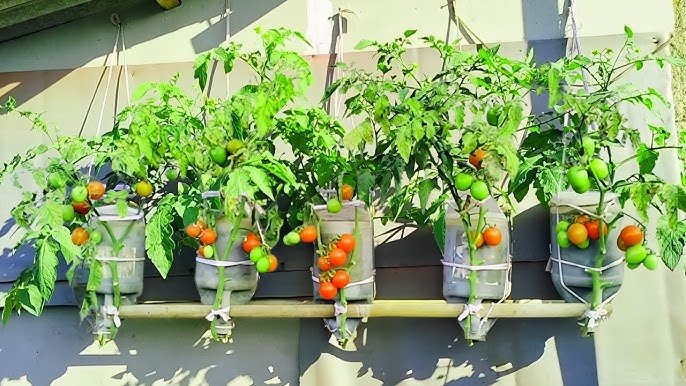
Tomatoes are one of the best crops to use in intercropping systems because they:
- Have a moderate root depth, allowing shallow-rooted plants to grow alongside them.
- Provide partial shade for smaller crops that prefer cooler conditions.
- Thrive in nutrient-rich but well-drained soil, compatible with many companion vegetables and herbs.
- Benefit from neighboring plants that repel pests or improve soil nitrogen.
In essence, tomatoes are social plants — they grow better when surrounded by the right companions!
Benefits of Intercropping Tomatoes
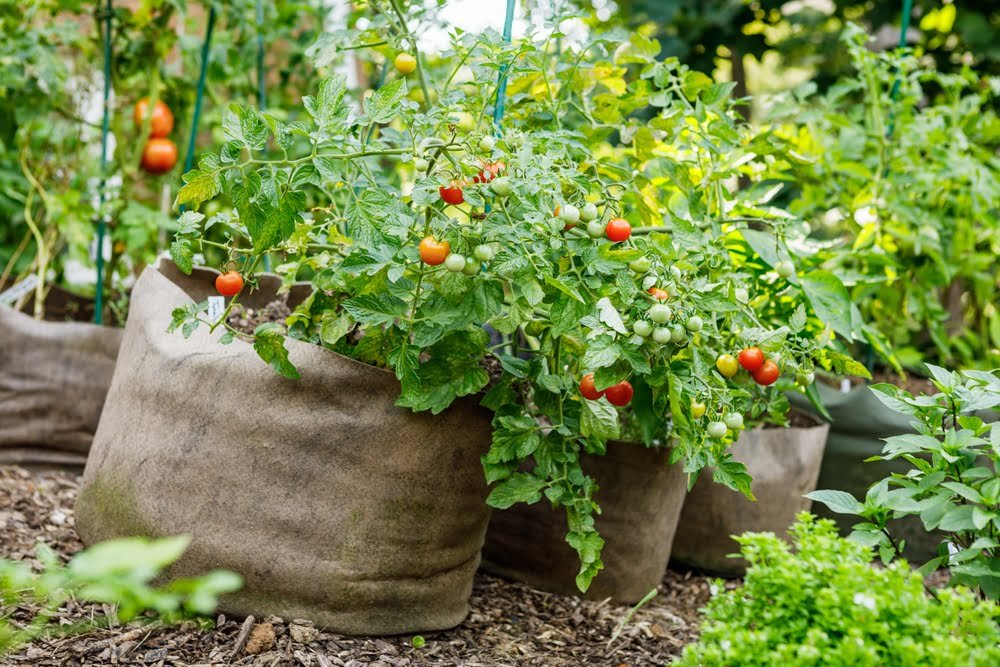
Let’s look at why more and more farmers and home gardeners are choosing this method:
1. Higher Productivity
Instead of using your garden space for just one crop, intercropping allows you to grow multiple crops at once. This means higher overall yield per square meter.
For instance, you can plant tomatoes with onions, lettuce, or beans — and harvest all three during the same growing season.
2. Improved Soil Fertility
Certain plants, like legumes (beans and peas), fix nitrogen from the air into the soil. This provides essential nutrients for tomatoes naturally, reducing the need for chemical fertilizers.
3. Pest and Disease Control
Companion plants can repel harmful insects and attract beneficial ones. For example, basil and marigold release scents that deter tomato hornworms and aphids.
4. Better Moisture and Weed Management
When crops cover the soil surface effectively, they reduce evaporation and suppress weed growth. This helps maintain soil moisture and reduces the need for frequent watering.
5. Eco-Friendly and Sustainable
By reducing chemical inputs and promoting biodiversity, intercropping supports a healthier, more balanced ecosystem — a perfect example of nature and science working together.
Best Companion Plants for Tomatoes

Not all plants make good companions for tomatoes. Choosing the right partners can make a big difference. Here are some of the best matches:
Basil
One of the most famous companions for tomatoes. Basil enhances tomato flavor and repels insects like aphids and whiteflies.
Onions and Garlic
These alliums repel many pests, including caterpillars and nematodes, which can damage tomato roots.
Carrots
Carrots help loosen the soil, allowing tomato roots to breathe and grow deeper.
Lettuce and Spinach
These leafy greens grow quickly and thrive in the shade of taller tomato plants. Perfect for maximizing space.
Corn
In traditional tumpang sari, corn is used to provide partial shade and support for climbing plants, including tomatoes and beans.
Beans and Peas
As legumes, they enrich the soil with nitrogen, helping tomatoes grow stronger and healthier.
Marigold and Nasturtium
Their strong scent repels nematodes and attracts pollinators, keeping your tomato patch healthy and active.
Plants to Avoid Growing Near Tomatoes
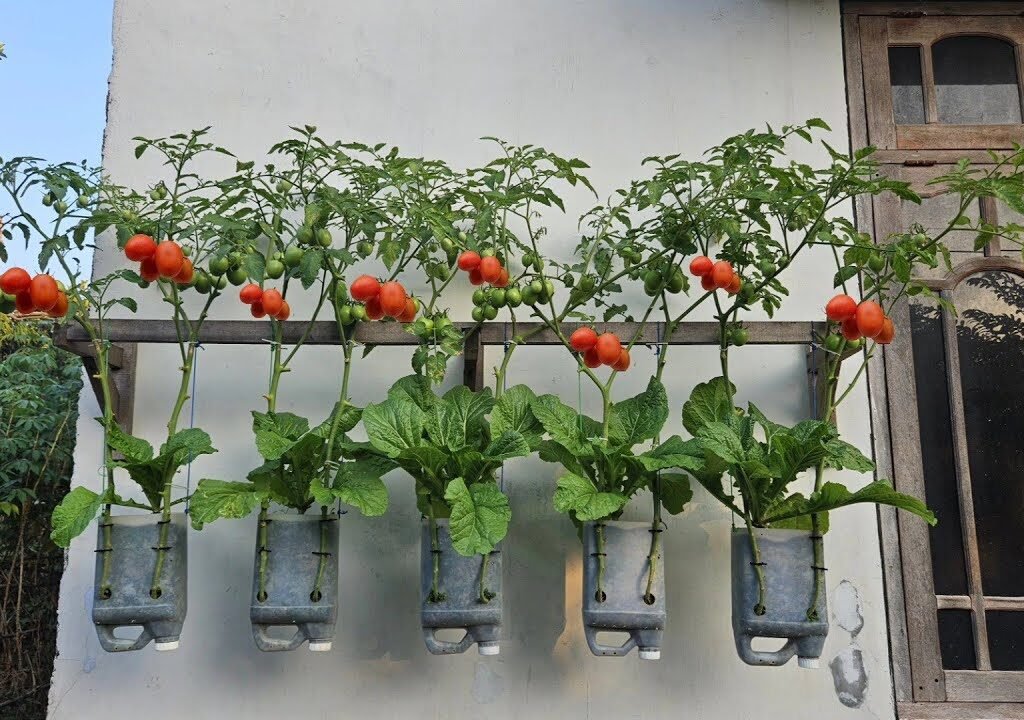
Just as some plants are beneficial, others can harm tomato growth. Avoid intercropping tomatoes with:
- Cabbage family (broccoli, cauliflower, kale): They compete heavily for nutrients.
- Fennel: Releases chemicals that inhibit tomato growth.
- Potatoes: Attract the same pests and diseases as tomatoes, increasing risk of infection.
How to Plant Tomatoes Using the Intercropping Method
Here’s a step-by-step guide to setting up your tumpang sari tomato garden:
Step 1: Choose the Right Location
Tomatoes need at least 6–8 hours of sunlight daily. Choose a well-drained spot where water doesn’t pool after rain.
Step 2: Prepare the Soil
- Mix garden soil with compost or organic manure.
- Ensure the pH is between 6.0 and 6.8 for optimal nutrient absorption.
- Loosen the soil at least 12 inches deep to allow proper root development.
Step 3: Plan the Layout
Design your garden rows or beds strategically:
- Plant tomatoes in the center or main row.
- Add shorter plants (lettuce, spinach) between tomato rows.
- Plant aromatic herbs (basil, marigold) along the borders to repel pests.
- Include beans or peas near the edges to fix nitrogen in the soil.
Step 4: Spacing
- Space tomato plants 18–24 inches apart to ensure good air circulation.
- For smaller crops like lettuce, leave 6–8 inches between plants.
Step 5: Watering and Mulching
Tomatoes need consistent moisture but dislike soggy roots. Use drip irrigation or deep watering every few days, depending on weather.
Mulch with straw or dry leaves to keep soil moist and prevent weeds.
Step 6: Fertilizing
Since companion plants like beans and basil add nutrients naturally, you’ll need less fertilizer overall. Use organic compost or liquid seaweed monthly for balanced nutrition.
Step 7: Pruning and Maintenance
Remove lower tomato leaves that touch the ground to prevent disease.
Harvest companion crops like lettuce early to give tomatoes more room as they mature.
Step 8: Harvesting
Tomatoes are ready when they turn fully red (or the color of your chosen variety) and feel slightly soft. Regular harvesting encourages continuous production.
Example of a Productive Intercropping System
Here’s a sample setup for a 1-square-meter garden bed:
| Crop | Position | Purpose |
|---|---|---|
| Tomato | Center row | Main crop, fruit producer |
| Basil | Along sides | Pest control and flavor enhancer |
| Lettuce | Between tomato plants | Fast-growing, shade-tolerant |
| Beans | Outer border | Nitrogen fixer |
| Marigold | Corners | Pest deterrent, pollinator attractor |
This system ensures you’re utilizing every inch of your garden efficiently while maintaining healthy soil and biodiversity.
Common Mistakes to Avoid in Tomato Intercropping
Even though tumpang sari is beginner-friendly, avoid these pitfalls:
- Overcrowding plants: Leads to poor air circulation and higher disease risk.
- Ignoring crop compatibility: Some plants compete rather than cooperate.
- Neglecting soil fertility: Even with intercropping, add organic matter regularly.
- Watering unevenly: Uneven moisture can cause fruit cracking or blossom-end rot.
Scientific Backing: Why Intercropping Works
Research in sustainable agriculture supports intercropping as one of the most efficient and eco-friendly cultivation methods. Studies from the Korean and Indonesian Agricultural Institutes show that intercropped tomato systems can increase yield by up to 30% while reducing pest infestation by 40%.
By combining crops with different nutrient demands and growth habits, the system maintains natural soil fertility and reduces the buildup of pests that usually attack monocultures.
Sustainability and Long-Term Benefits
Practicing intercropping goes beyond short-term productivity — it builds long-term soil health. Over time, this method:
- Increases microbial activity in the soil.
- Prevents nutrient depletion and erosion.
- Supports pollinators and beneficial insects.
- Creates a self-sustaining ecosystem where every plant has a role.
For home gardeners, this means less dependence on chemical fertilizers and pesticides, and for small-scale farmers, it means higher yields with lower costs.
Conclusion: A Smarter Way to Grow Tomatoes
Growing tomatoes using the intercropping (tumpang sari) method is more than a gardening trick — it’s a holistic approach to sustainable farming. By blending nature’s diversity with simple scientific principles, you can create a thriving mini-ecosystem right in your garden.
Whether you pair tomatoes with basil for better flavor, beans for natural fertilization, or marigolds for pest control, every companion plant adds value.
So, the next time you plan your tomato patch, think teamwork. Your garden will thank you — with richer soil, healthier plants, and baskets full of vibrant, homegrown tomatoes.
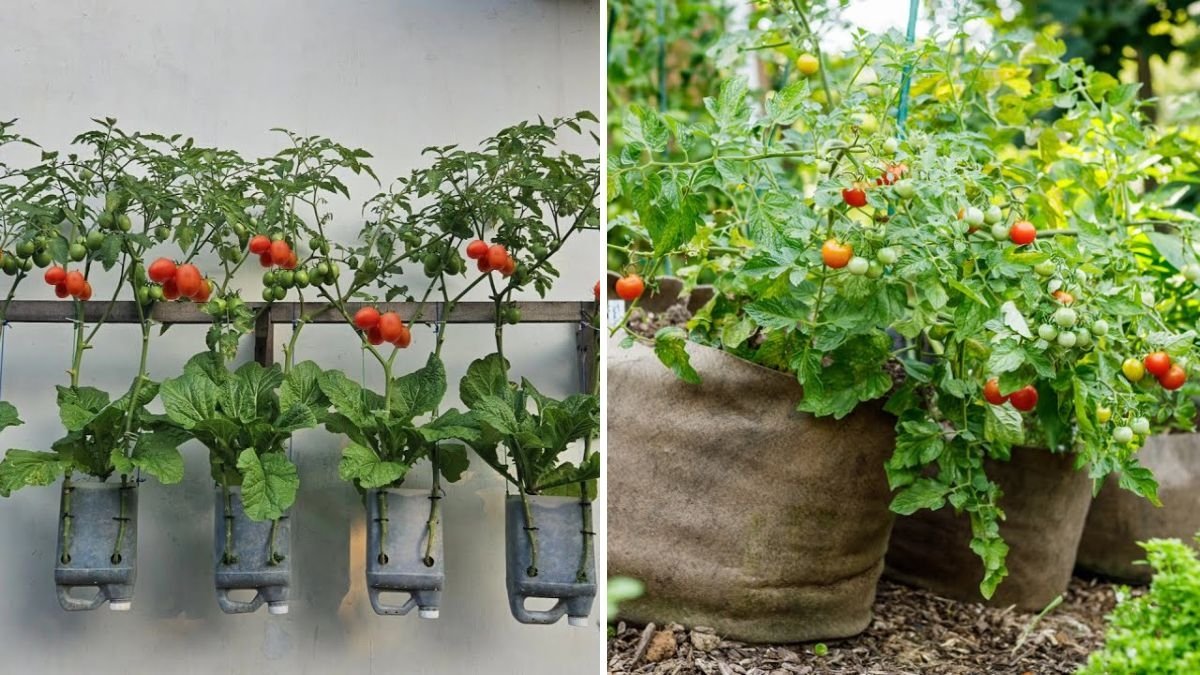




Leave A Comment